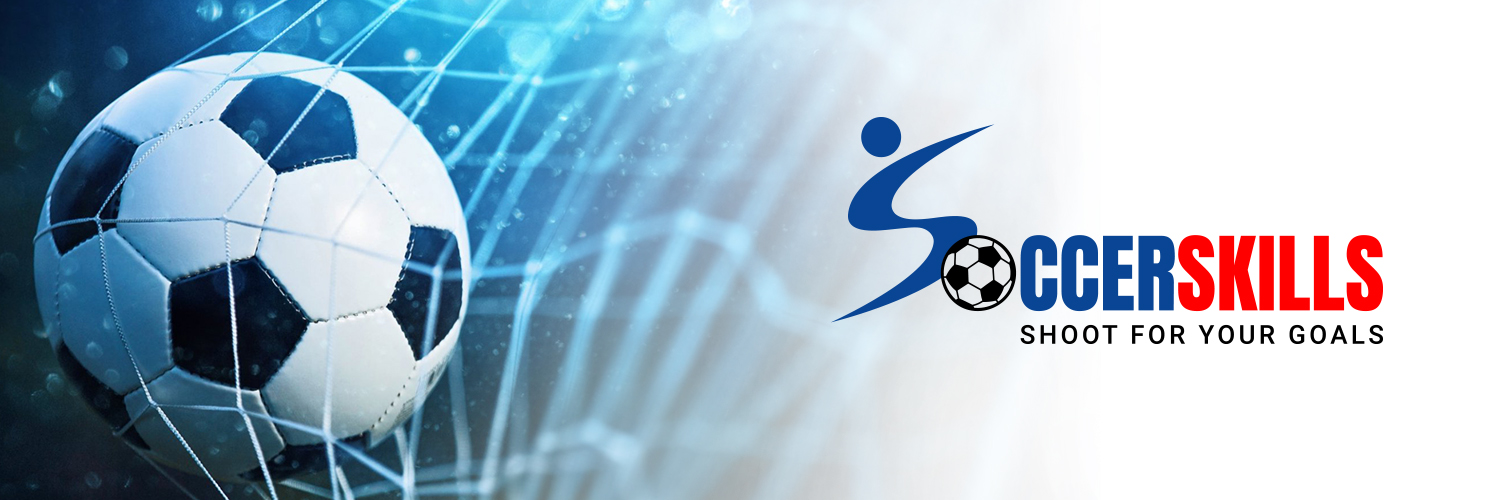Throw Ins

A throw in restarts the play in soccer after the ball has left the pitch via the sideline and is a fundamental rule of the game.
The idea behind the throw in is for the player to throw the ball back in to play from the same point where it left the pitch. Granted the referee may allow a bit of leeway in terms of movement and position (more on that later), but the important point to note is that any opposing player of the person who touched the ball last before it crossed the line is the one who's throw in is awarded.
Throw In Fundamentals
A poor throw-in is an easily avoided error, as the action is quite simple, and a core principle of playing soccer.
The first points to learn about throw-ins is the fundamental criteria on not only how to take a legal throw-in, but how to take a 'good' legal throw-in.
Below is a list of throw in fundamentals that all soccer players need to be aware of:
- The player taking a throw in must be facing the pitch.
- Both feet must be on the ground - this doesn't necessarily mean that both feet have to be planted (flat) on the ground. The most common action is for the player to run towards the sideline and throw the ball with one foot flat and one foot barely touching by the toes.
- Both hands must be touching the ball and be used to throw it on to the pitch. No one-handed throw-ins allowed.
- Ball must be thrown from a starting position of behind the head.
- As soon as the ball re-enters the pitch, the game is live.
- The player cannot score directly from a throw-in without another player touching it first, or else goal kicks and corners are awarded instead.
- The rule of 'offside' does not apply on throw-ins, meaning players can position themselves behind the defender when receiving the ball from a throw-in.
'Foul Throw'
A 'foul throw' is the phrase used to describe an incorrect throw in that breaks the rules of the game. There are a number of scenario's that happen regularly in soccer where a foul throw is awarded, although it is quite rare in professional soccer.
To avoid giving away a foul throw, make sure you throw the ball in from the same point (or as close to) where the ball left the pitch, follow the throw in fundamentals (both feet on the ground, ball behind your head) and do not over-step the sideline before throwing.
It's also worth noting that the opposition player must be at least 2 yards away from the player taking the throw-in, or else an indirect free-kick may be awarded.
Tips For Using Throw Ins To Your Advantage
Often throw in infringements are at the discretion of the referee and players may 'get away' with minor discrepancies in their technique providing it doesn't appear too obvious.
Some of the most common ways to use a throw-in to your advantage in soccer are:
- Moving further up the pitch before throwing the ball in, therefore allowing your team to get closer to the opposition goal.
- Throwing the ball with your dominant hand (barely touching it with your weaker hand to stay within the legalities of the game), giving you the edge of a longer or more powerful throw.
- Feinting the throw in one direction then quickly changing to another direction.
- Acting like you are going to take a throw-in then change your mind and leave the ball for a teammate to take over. This is a common technique used for wasting time and running the clock down to seal the result.
The Importance Of A 'Great' Throw-In
A throw-in can be a powerful move in soccer that many teams used to their advantage. The following video from Bundesliga highlights some of the best goals scored from a throw-in.
